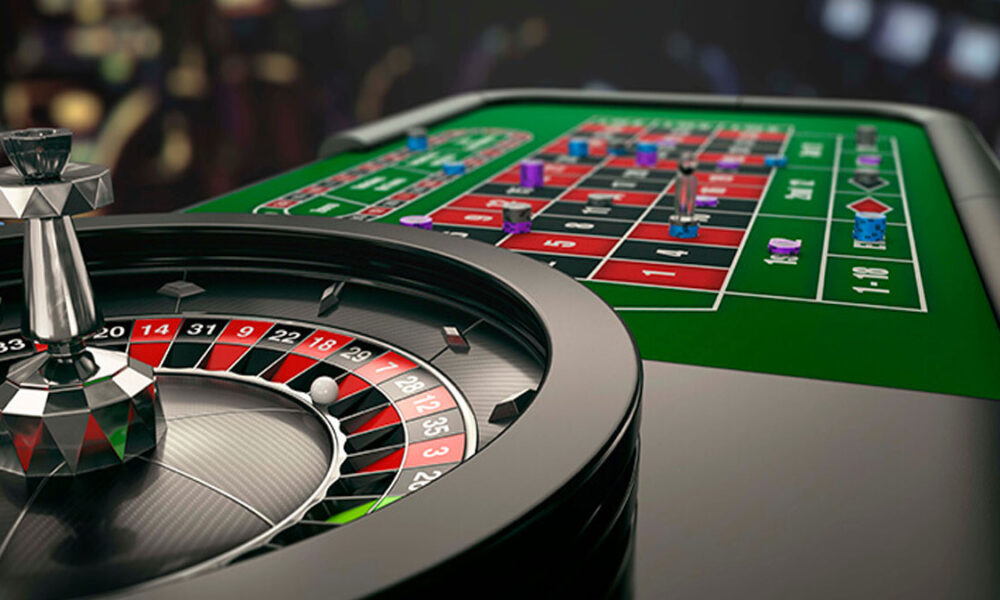Timing your transitions between slot games impacts enjoyment and potential returns during gaming sessions. This strategic decision requires balancing patience with recognition of diminishing returns while managing your gambling budget effectively.
Dead machine signals
Recognising when a slot game has gone cold requires attention to several key indicators. After 50-100 spins without meaningful wins, you’re likely experiencing a below-average return cycle on that particular game. While every slot experiences natural variance, extended periods without reasonable returns suggest it’s time to explore other options.
Bonus features serve as another important indicator. When these special rounds fail to trigger near their expected frequency, the game is likely running below its programmed return rate. Most slots activate bonus features every 100-200 spins on average. When you’ve gone significantly beyond this range without triggering bonuses, switching preserves your bankroll for more productive play elsewhere. Pay attention to the pace of your losses as well. Rapid, consistent depletion without offsetting wins indicates a game currently working against your favor. Setting a predetermined loss limit of 20-25% of your session budget for any single match creates an objective switching trigger that removes emotional decision-making from the equation.
Bankroll preservation tactics
Your gambling budget represents your gaming lifespan, making its management central to switching decisions. Dividing your session bankroll into smaller segments helps structure your game transitions more effectively. For example, allocating 30% of your total budget to any single game ensures you’ll experience variety while preventing excessive losses in any game.
Players who register accounts through bimabet often utilize session tracking tools to monitor these patterns objectively. The platform’s history features allow players to review their performance across different games over time, informing better switching strategies based on personal results rather than superstition. Consider implementing a win-based switching strategy as well. Setting a target win amount of 30-50% above your starting point on any game creates a positive switching trigger. This approach capitalizes on hot streaks while preventing the common mistake of giving back significant wins during inevitable downturns.
Mental fatigue considerations
The psychological aspects of slot play dramatically impact decision quality. After 20-30 minutes on the same game, mental fatigue naturally occurs as the stimulus becomes repetitive. This diminishing attention leads to less engagement and potentially poorer bet-sizing and game continuation decisions. This mental fatigue occurs regardless of winning or losing patterns. Switching games after this period, even during profitable sessions, maintains mental freshness and strategic awareness. This rotation approach prevents concentration lapses that often lead to oversized bets or continued play during obviously cold cycles. Many players make the mistake of playing a single game for extended periods, particularly when chasing losses or riding perceived hot streaks. This approach inevitably leads to diminished enjoyment and potentially larger losses as mental sharpness declines over time.
Game volatility awareness
Different slot games feature dramatically different volatility profiles, affecting their performance during any session. High volatility games appear cold for extended periods before delivering significant payouts. Lower volatility games provide more consistent but smaller returns. When switching games, consider alternating between volatility levels. If you’ve spent time on a high-volatility game without success, transitioning to a lower-volatility option provides more consistent feedback and helps stabilize your bankroll. This balanced approach prevents psychological fatigue from extended periods without wins.



